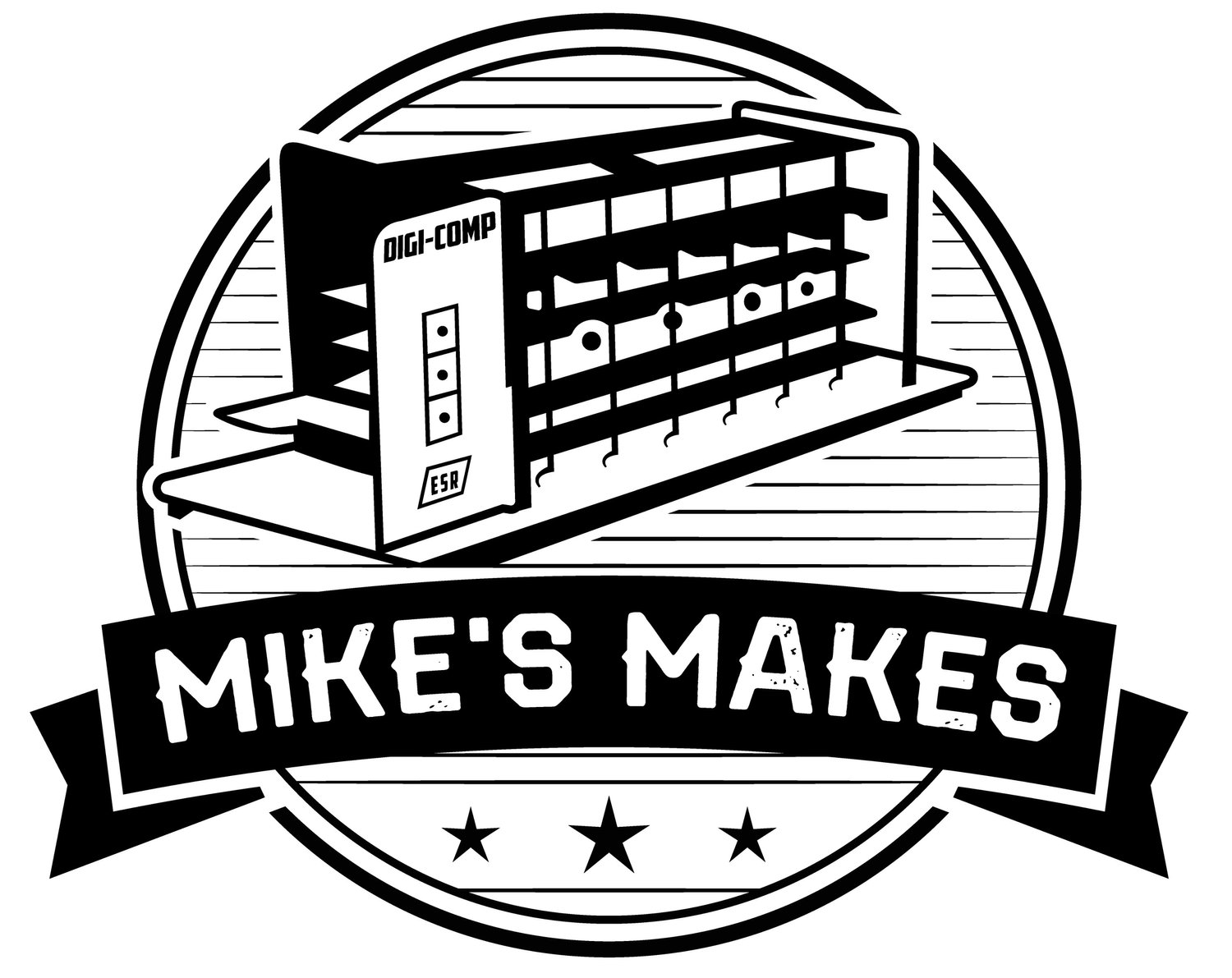Think-a-Tron
Left: Think-a-Tron 2020, Center: Think-a-Tron Mini, Right: The original Think-a-Tron
Manufactured By: Hasbro, Inc.
Release Date: 1960
In 1960, Hasbro unleashed its first personal "computer" to the masses. Called Think-a-Tron, it was launched decades ahead of IMSAI, Apple, or Commodore machines.
Ok, my opening paragraph might be just a "bit" overstated, but so was the marketing for Think-a-Tron, "the machine that thinks like a man". While some toys of the same era, like the Digi-Comp I for instance, endeavored to teach people about computers, Think-a-Tron took advantage of the growing interest in computers to sell a cleverly packaged trivia game. In fact, if there is any "claim to fame" attached to Think-a-Tron, it's that it introduced the trivia game concept 21 or more years before Trivial Pursuit
Check out this video of a Think-a-Tron in action. OK no big deal, right. A 5x7 LED array and some kind of sensor to “read” the answer from the card. Like me, I think you would be surprised to learn that Think-a-Tron is actually a cleverly devised mechanical device.
What I had assumed would be some sort of early "electronic" 5x7 matrix display, was actually just a spinning disk. In hindsight this makes sense. In 1960, LEDs are still a couple of years away. Add many more years on top of that until they would be cheap enough to be used in a product like this. Using 35 incandescent bulbs would have been a nightmare. But a spinning disk, a single incandescent bulb, and some clever diffusers, that was ingenious. IMHO, the blinking light effect achieved as Think-a-Tron is "calculating" the answer, which we had come to associate with large mainframe computers in the 60's, was outstanding. I have posted a full description of how the original Think-a-Tron works here.
My goal for this project was to honor Think-a-Tron, not to reproduce it. I wanted to build something that is clearly a Think-a-Tron derivative, but utilizes modern fabrication techniques and components.
To that end I used and ESP32-CAM to as the heart of the machine. The built in camera module is used to read the QR codes “answers” off of the back of the question cards when they are inserted into the slot. The 5x7 display is and actual LED display made up of NeoPixel compatible, WS2812B addressable, smart RGB LED pixel lights. The light up player answer push buttons were custom made. The ESP32 was one I/O pin short of being able to handle all of the buttons, lights, and camera module so I needed to add a 16 bit high precision 4 channel I2C IIC Analog-to-Digital Converter to “read” the status of the player answer buttons via a simple resistor based voltage divider.
When I was designing Think-a-Tron 2020, my plan A was to use an ESP32-CAM to read QR codes off the back of some business cards. I did have a backup plan though. I ordered a GM67 Bar Code Reader Module from AliExpress just in case. Well the ESP32-CAM worked out great. The GM67 arrived around the time I was wrapping up Think-a-Tron 2020. Still I thought I should check it out.
In the end I was inspired to make a Think-a-Tron Mini. What would a Minimal Viable Product implementation of a Think-a-Tron look like. How could I pare down Think-a-Tron 2020’s eleven buttons, two seven segment displays, and 5x7 LED display. Well if all of the buttons were replaced by cards with QR codes, and the seven segment and 5x7 LED displays were combined into a small LCD display, that would do the trick.





